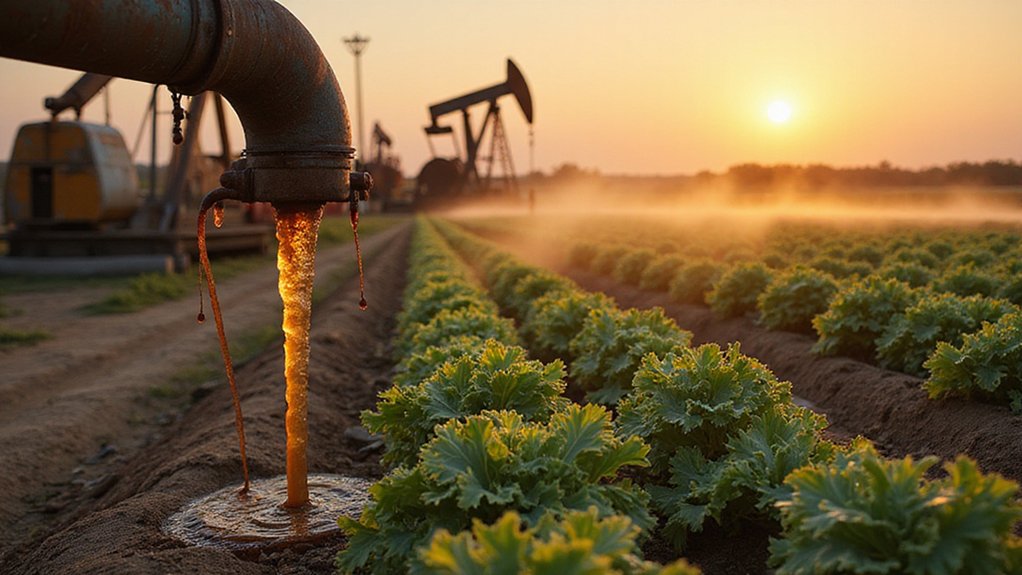Children worldwide face an alarming future as climate change intensifies. New data shows that 83% of children born in 2020 will experience extreme heat events in their lifetime. Nearly 100 million kids already suffer from this growing threat, with the poorest communities hit hardest. Rising temperatures lead to serious health problems including dehydration and malnutrition. These conditions don’t just affect physical health—they can permanently impact brain development and limit future opportunities.
While past generations faced various environmental challenges, today’s children will endure a climate burden unlike any before. New research shows that 83% of children born in 2020, about 100 million worldwide, are projected to experience extreme heat events never before seen in human history under current climate commitments.
The data reveals striking generational inequality. Each of the past ten years ranks among the hottest recorded in almost two centuries. This means today’s youth will face dramatically more frequent and intense heat waves than their parents or grandparents ever did.
Heat exposure stands out as the most severe climate threat facing children compared to other hazards like floods, droughts, or crop failures. The consequences are already visible. Children under five currently bear 80% of the disease burden linked to climate change, with extreme heat increasing risks of dehydration, heat stroke, and respiratory problems.
If global warming could be limited to the 1.5°C target, 38 million five-year-olds would be spared from unprecedented heat exposure. On a larger scale, such action could prevent 613 million children born between 2003-2020 from facing extreme heat waves during their lifetimes.
The burden isn’t distributed equally. Children in sub-Saharan Africa and South Asia face the highest risks. Those living in poverty encounter the double threat of greater exposure and fewer resources to cope. Urban children suffer in heat islands, while rural children often lack access to healthcare when heat-related illnesses strike. Research shows that climate extremes are increasingly leading to intergenerational inequalities in exposure to dangerous conditions. Vulnerable communities face disproportionately higher burdens from these climate extremes.
Heat doesn’t just threaten children’s health—it undermines their education too. Extreme temperatures impair cognitive performance, lead to school closures, and increase absenteeism.
Heat-related crop failures also contribute to malnutrition, which can cause developmental delays and growth problems. With global temperatures already reaching all-time highs in 2023, children face increasingly dire climate conditions that will shape their entire lives.
As temperatures continue rising, researchers warn that without immediate action to reduce emissions, an entire generation will face heat extremes that will fundamentally reshape their lives, health outcomes, and developmental potential.
References
- https://www.savethechildren.net/news/climate-change-third-5-year-olds-will-be-spared-unprecedented-lifetime-exposure-dangerous-heat
- https://atmos.earth/new-study-estimates-how-many-climate-extremes-your-kids-will-face/
- https://medschool.duke.edu/news/what-we-still-dont-know-about-kids-and-climate-change
- https://www.contemporarypediatrics.com/view/climate-change-challenges-faced-by-the-pediatric-population
- https://pubmed.ncbi.nlm.nih.gov/39495532/








